Step inside any confectionery factory in Baghdad, Basra, or Erbil, and the scent tells the story before a single product leaves the line — the unmistakable aroma of cocoa. From silky chocolate coatings to rich fillings, cocoa powder forms the beating heart of Iraq’s growing confectionery industry.
Over the past decade, Iraq’s food manufacturing landscape has transformed. Local producers are no longer content with mass-market sweets; they’re pursuing refined flavor, international quality standards, and efficient large-scale production. The question driving many of these manufacturers today isn’t just “how much can we produce?” but rather, “how can we produce better?”
And at the center of that pursuit lies one critical ingredient — cocoa powder for confectionery applications.
In our experience supplying manufacturing facilities across Iraq, we’ve seen first-hand how the right cocoa powder can redefine output quality — improving texture, flavor retention, and color uniformity across entire production lines. Choosing the right supplier isn’t just a procurement decision; it’s a strategic move that directly impacts your brand’s reputation, process efficiency, and cost control.
Let’s explore how cocoa powder shapes the backbone of Iraq’s confectionery sector — and why working with trusted partners like MT Royal and premium brands such as Latamarko is helping local manufacturers compete on a global stage.
Understanding Cocoa Powder for Confectionery Applications
What Is Cocoa Powder?
Cocoa powder is the finely ground, defatted component derived from roasted cocoa beans after cocoa butter extraction. It’s rich in flavor compounds, pigments, and natural antioxidants — all essential for confectionery applications.
Depending on the fat content and processing method, cocoa powder can dramatically influence taste, texture, and product stability. Broadly, there are two main categories:
- Natural Cocoa Powder: Acidity between pH 5.0–5.8, sharper flavor, lighter color — used for traditional chocolate and certain baked goods.
- Alkalized (Dutch-Processed) Cocoa Powder: Neutralized acidity (pH 6.8–8.1), darker color, milder taste, and smoother mouthfeel — ideal for premium confectionery lines.
For industrial confectionery production, the right cocoa selection ensures consistency batch after batch, allowing manufacturers to standardize flavor and visual appeal across different product lines.
The Role of Cocoa Powder in Iraq’s Confectionery Manufacturing
Iraq’s confectionery sector has expanded beyond simple sweets. Factories now produce a wide array of products — chocolate bars, compound coatings, filled wafers, truffles, and even fortified cocoa beverages. Cocoa powder plays several critical roles in these processes:
1. Flavor Foundation
Cocoa delivers the base note every confection relies on. High-grade powders, especially from European suppliers like Latamarko, are prized for their natural complexity — providing depth without overpowering sweetness.
2. Color Enhancement
In visual terms, consumers eat with their eyes first. The powder’s color intensity determines the visual richness of the final product — from deep, dark brownies to smooth milk chocolate glazes.
3. Texture and Mouthfeel
Cocoa’s fine particle size and fat content contribute directly to mouthfeel. Smoothness and melt-in-mouth characteristics depend on the balance of cocoa powder with fats, sugar, and emulsifiers.
4. Processing Stability
In industrial operations, every ingredient must behave predictably. High-quality cocoa powders disperse evenly in mixing systems, resist clumping, and maintain stable viscosity during tempering and molding.
The Growing Importance of Quality Cocoa Powder in Iraq’s Industry
The Iraqi confectionery market is moving toward higher-quality outputs for both domestic and export purposes. Several forces are driving this shift:
Consumer Sophistication
Younger Iraqi consumers, influenced by global brands and international trends, are demanding better-tasting, more premium products.
Export Ambitions
Factories looking to export to regional markets — like Jordan, Saudi Arabia, and Turkey — must meet international flavor and safety standards. Using consistent, certified cocoa powders helps align with these expectations.
Production Efficiency
Poor-quality cocoa powders can cause issues such as uneven flavor, unstable emulsions, or powder sedimentation in automated systems — leading to production downtime. Industrial buyers have realized that investing in premium cocoa sources is cheaper in the long run.
Choosing the Right Cocoa Powder for Confectionery Production
When selecting cocoa powder for large-scale confectionery applications, several variables come into play:
| Factor | Industrial Importance | Ideal Range or Recommendation |
|---|---|---|
| Fat Content | Affects richness, viscosity, and mouthfeel | 10–12% for bakery/confectionery coatings, 20–22% for chocolate fillings |
| pH Level | Controls flavor sharpness and color intensity | 5.5–8.0 (depends on desired profile) |
| Particle Size | Impacts dispersion and smoothness | Fine grind (<75 microns) preferred for coatings |
| Origin & Processing | Determines flavor complexity | European or Latin American beans for premium applications |
| Certification | Ensures safety and authenticity | ISO, HACCP, and product traceability certifications |
What Factory Managers Often Overlook When Buying Cocoa Powder
Even experienced procurement officers can fall into certain traps when sourcing cocoa for confectionery use:
1. Over-Focusing on Price per Kilogram
While competitive pricing matters, a cheaper powder that requires higher dosage or causes machine build-up is a false economy. Always evaluate functional yield — not just purchase price.
2. Ignoring Moisture Sensitivity
Cocoa powder is hygroscopic. Improper storage or high humidity in Iraqi warehouses can cause clumping and spoilage. Opt for suppliers who guarantee climate-controlled storage, as MT Royal does.
3. Overlooking Certification Authenticity
Some powders are marketed as “European quality” without verifiable certification. Always request analytical data sheets and origin documentation from your supplier.
4. Neglecting Sensory Consistency
A slight shift in color or flavor can change the entire consumer perception of a product line. Reliable brands like Latamarko maintain rigorous quality controls to avoid such variations.
Latamarko: Spanish Engineering Meets Confectionery Excellence
Spanish engineering has earned a reputation in industrial food production for its precision and stability. In confectionery cocoa powders, Latamarko exemplifies that standard.
Known for meticulous bean selection and controlled alkalization, Latamarko’s cocoa powders are prized across Europe for their consistent performance in high-volume confectionery manufacturing.
Why Iraqi Manufacturers Trust Latamarko:
- Uniform color and taste across batches
- Excellent dispersion in both fat-based and water-based systems
- Long shelf life and stable aroma retention
- Certified compliance with EU food safety standards
When integrated into Iraqi manufacturing operations, Latamarko’s cocoa allows confectionery producers to reach export-level quality while maintaining efficiency on the production floor.
The MT Royal Advantage in Iraq’s Confectionery Supply Chain
At MT Royal, we supply manufacturers with a comprehensive range of brands, ensuring competitive pricing without compromising on quality. Over the years, we’ve worked with chocolate, biscuit, and snack manufacturers across Iraq, helping them optimize both product performance and supply chain efficiency.
What sets MT Royal apart isn’t just product availability — it’s partnership. We understand how production downtime, import delays, or inconsistent ingredients can ripple through an entire operation. That’s why we prioritize:
- Steady stock availability through strategic import scheduling
- Multiple origin options (European, Asian, and African sources)
- Technical guidance on fat content, dispersion ratios, and blend compatibility
- Quality documentation for every shipment
For confectionery producers, partnering with MT Royal means peace of mind — knowing every batch of cocoa powder supports seamless, efficient, and flavorful production.
Real-World Examples from Iraqi Manufacturing Floors
1. Chocolate Coating Production in Baghdad
A leading confectionery plant upgraded from standard cocoa to a higher-fat Latamarko grade. The result? A 9% reduction in powder dosage per batch while achieving richer flavor and more stable viscosity — saving both cost and time.
2. Wafer Filling Production in Erbil
A mid-sized factory faced clumping issues due to humidity and inconsistent pH levels in imported cocoa. After switching to MT Royal’s controlled-supply chain and standardized powder, machine stoppages dropped by 18%, improving throughput.
3. Dairy-Based Chocolate Desserts in Basra
Producers using organic and natural cocoa variants reported stronger aroma retention after cold storage — an advantage for extended-shelf-life dessert mixes.
These case studies show one truth: when cocoa powder quality aligns with production goals, the efficiency gains are immediate and measurable.
Trends Transforming Iraq’s Confectionery Industry
1. Demand for Clean Label Ingredients
Even in industrial confectionery, ingredient transparency is becoming a competitive advantage. Manufacturers increasingly prefer non-GMO, low-processed, and natural-flavor cocoa powders to align with modern consumer values.
2. Technological Automation
New production lines require ingredients that perform uniformly under high-speed conditions. Premium cocoa powders minimize process variability, supporting smoother automation.
3. Sustainability and Sourcing Ethics
Factories now incorporate ESG goals into procurement. Cocoa powders sourced from sustainable farms — such as those used in Latamarko’s network — align with these commitments.
Best Practices for Industrial Cocoa Powder Procurement in Iraq
For factory owners and production managers, these actionable steps can streamline cocoa sourcing and maintain consistent quality:
- Evaluate Powder Behavior in Pilot Trials – Test solubility, viscosity, and flavor intensity before committing to bulk orders.
- Standardize Supplier Communication – Keep technical data sheets and specifications aligned between procurement and production teams.
- Implement FIFO Storage – Rotate inventory to avoid oxidation or aroma degradation.
- Monitor Climate Controls – Keep warehouse temperatures below 25°C with humidity under 60%.
- Leverage Supplier Expertise – We’ve seen factory managers benefit enormously from supplier collaboration on dosage optimization and product blending.
Common FAQs from Confectionery Manufacturers
Q: Is high-fat cocoa always better for confectionery?
Not necessarily. High-fat grades (20–22%) offer richer texture but may be unnecessary for light fillings or powdered mixes. Choose based on your product’s fat matrix.
Q: Can natural and alkalized cocoa powders be mixed?
Yes — blending allows manufacturers to tailor both flavor and color balance. Consult your supplier for ratio guidance.
Q: What’s the best cocoa powder storage method in Iraq’s climate?
Use sealed, food-grade containers in cool, dry environments. MT Royal’s packaging solutions are designed to handle regional humidity and heat.
Q: Do premium cocoa powders reduce production costs?
They can — due to higher flavor concentration and fewer processing interruptions. In many plants, premium inputs actually lower cost per finished unit.
Looking Ahead: Iraq’s Sweet Future
As Iraq’s confectionery industry matures, the emphasis on consistency, flavor precision, and process reliability will only grow stronger. Manufacturers that adopt high-grade cocoa powders early — and partner with dependable suppliers — will lead the next wave of product innovation in the region.
At MT Royal, our mission is to empower Iraqi confectionery producers with access to the finest cocoa powders from around the world — including European premium options like Latamarko. We believe that when quality meets reliability, factories not only meet market demand but also set new benchmarks for excellence.
After all, great chocolate isn’t just made; it’s engineered. And in Iraq’s factories, that engineering starts with the humble yet powerful ingredient — cocoa powder.
latamarko alkalized cocoa powder lm60
cocoa powder for chocolate production-Best price
Food industry raw materials – list of products
Types of Gelatin from Turkish Manufacturer
Alkalized Cocoa Powder Bulk Supplier


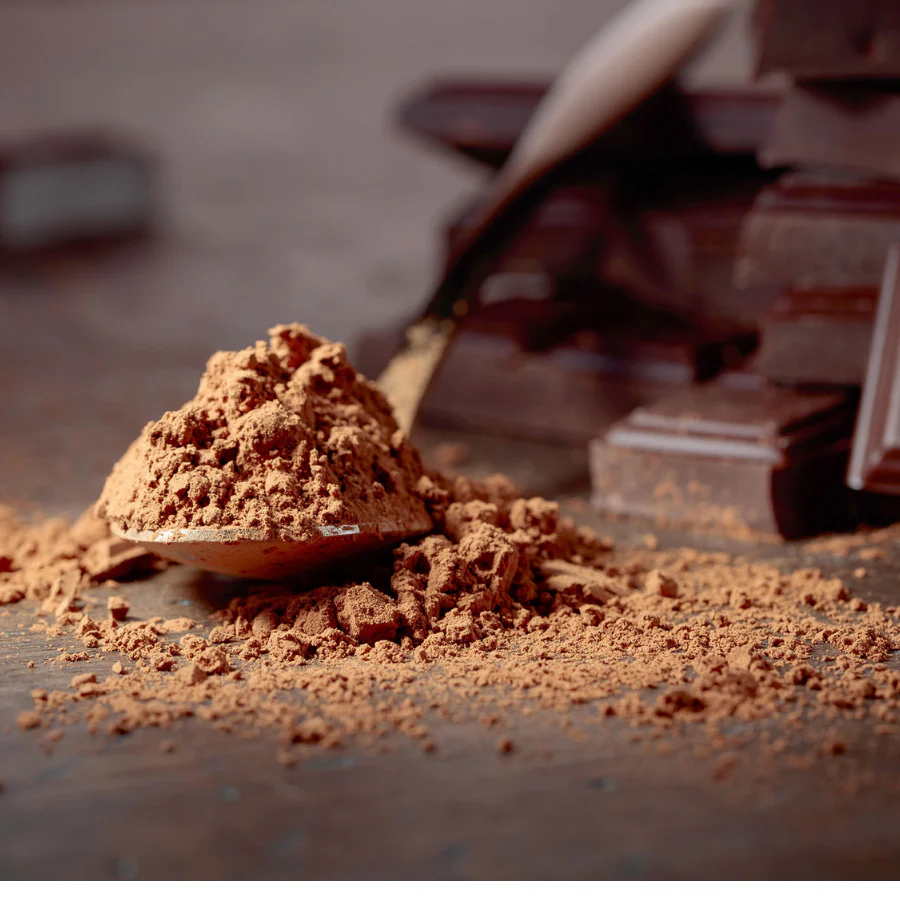
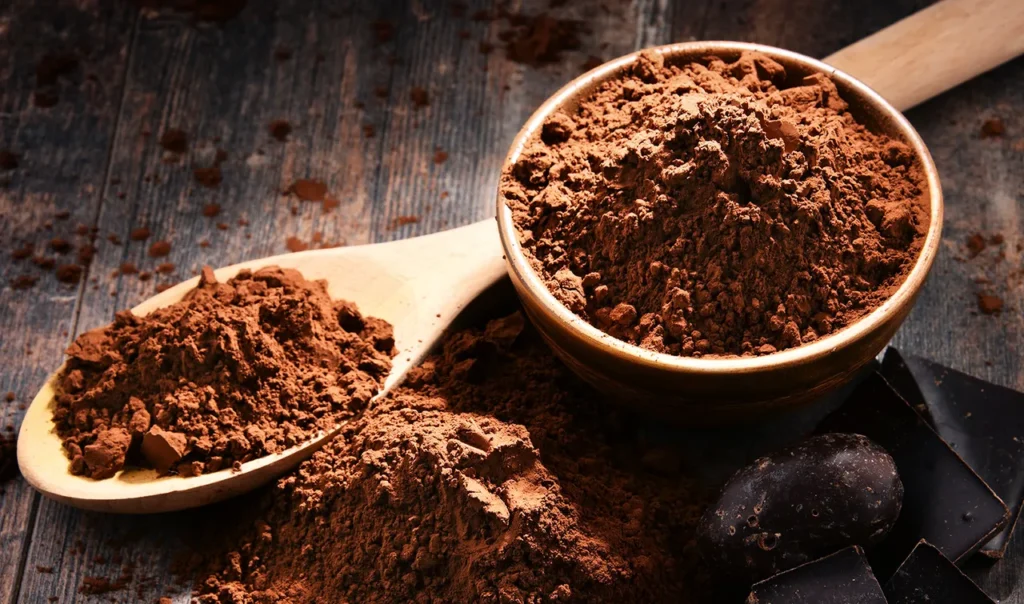
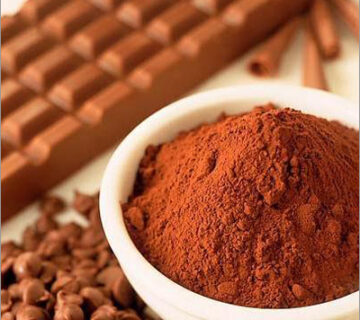
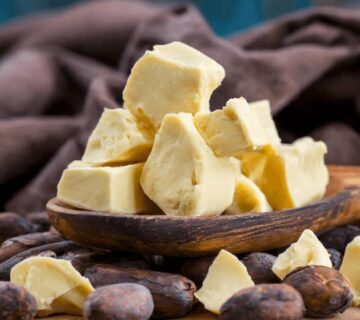
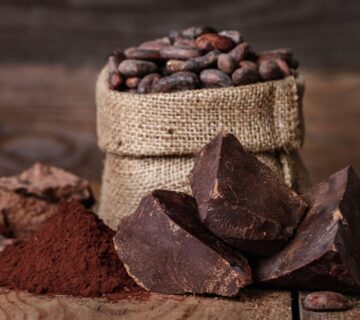
No comment